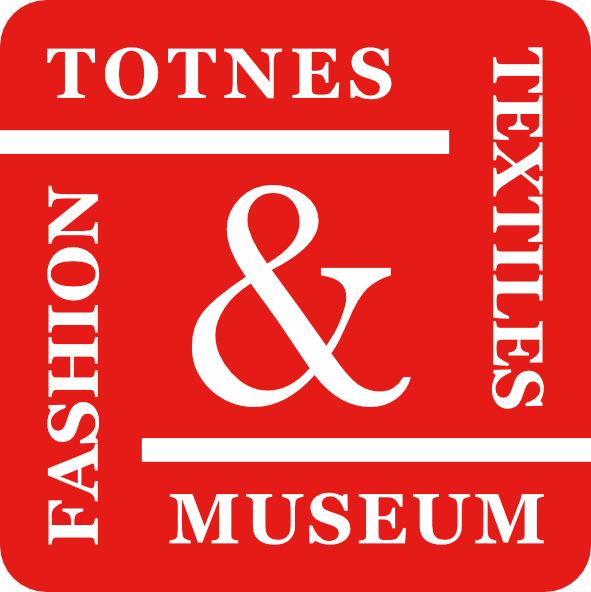Main case
Use the arrows to browse through the pictures in the virtual tour, or go directly to a particular picture using the thumbnails at the bottom.
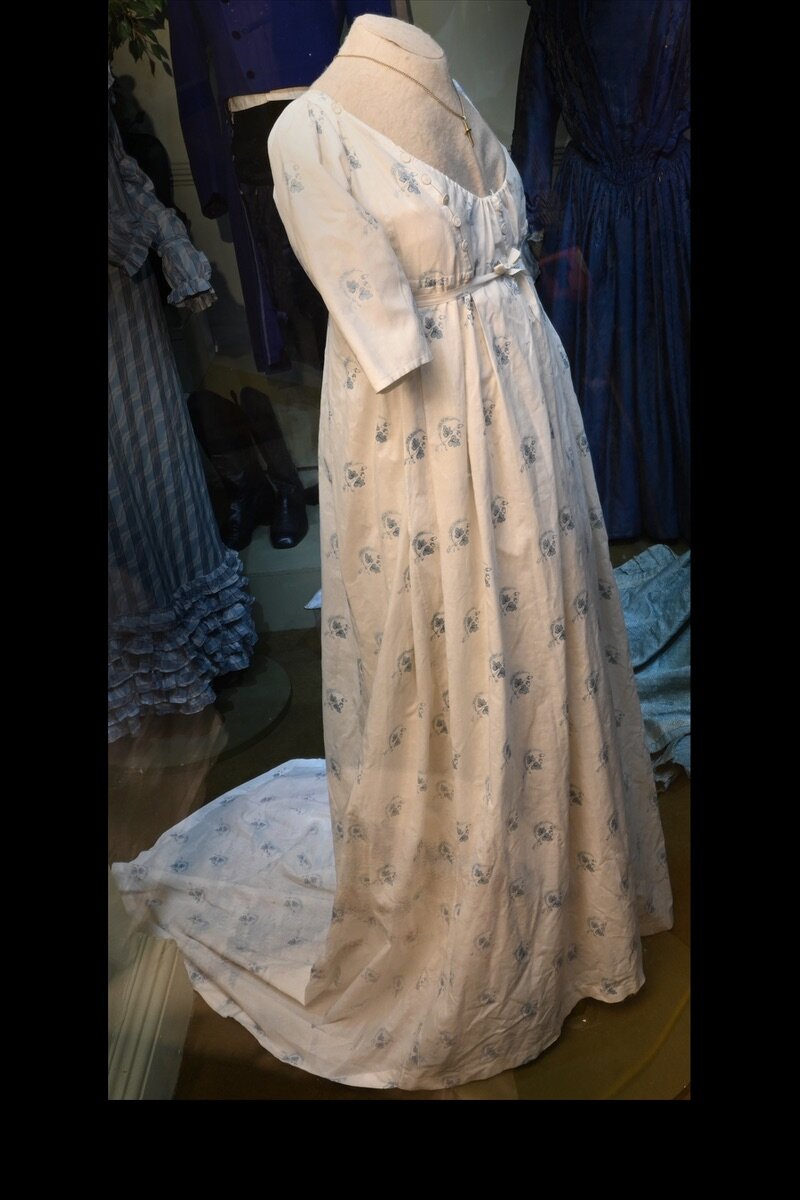
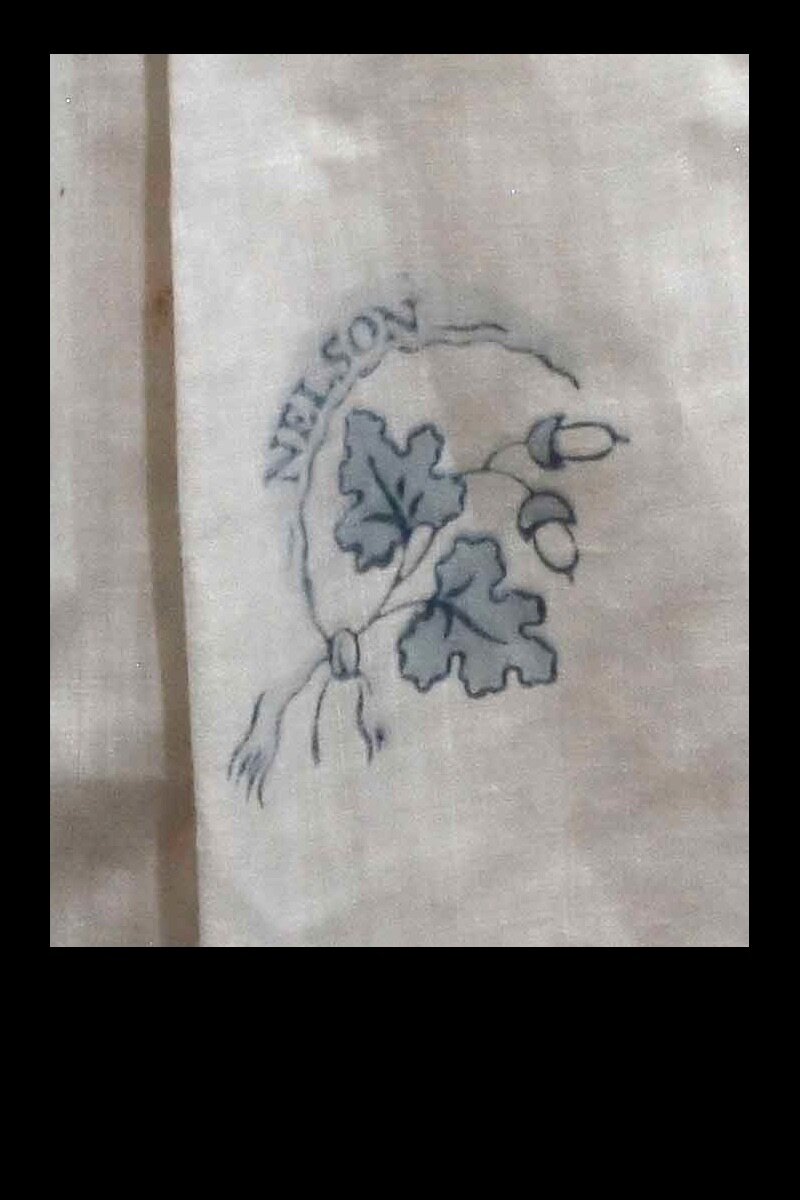
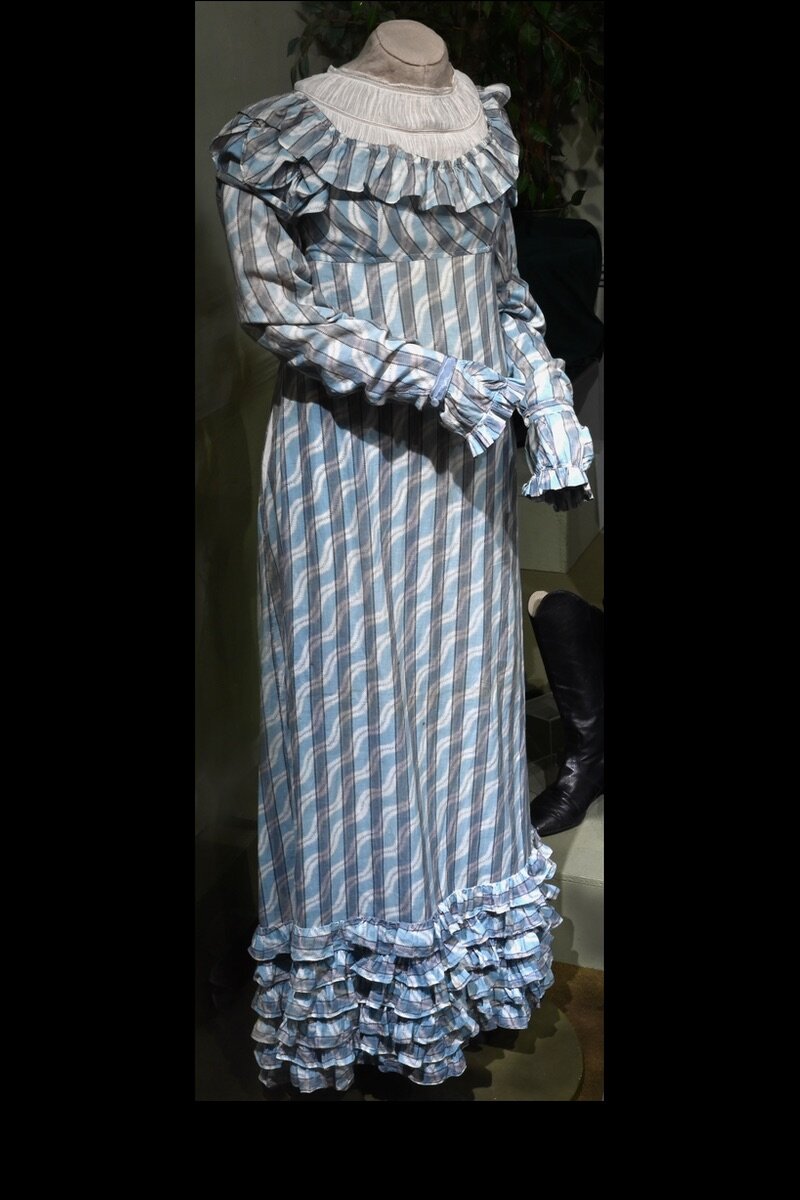
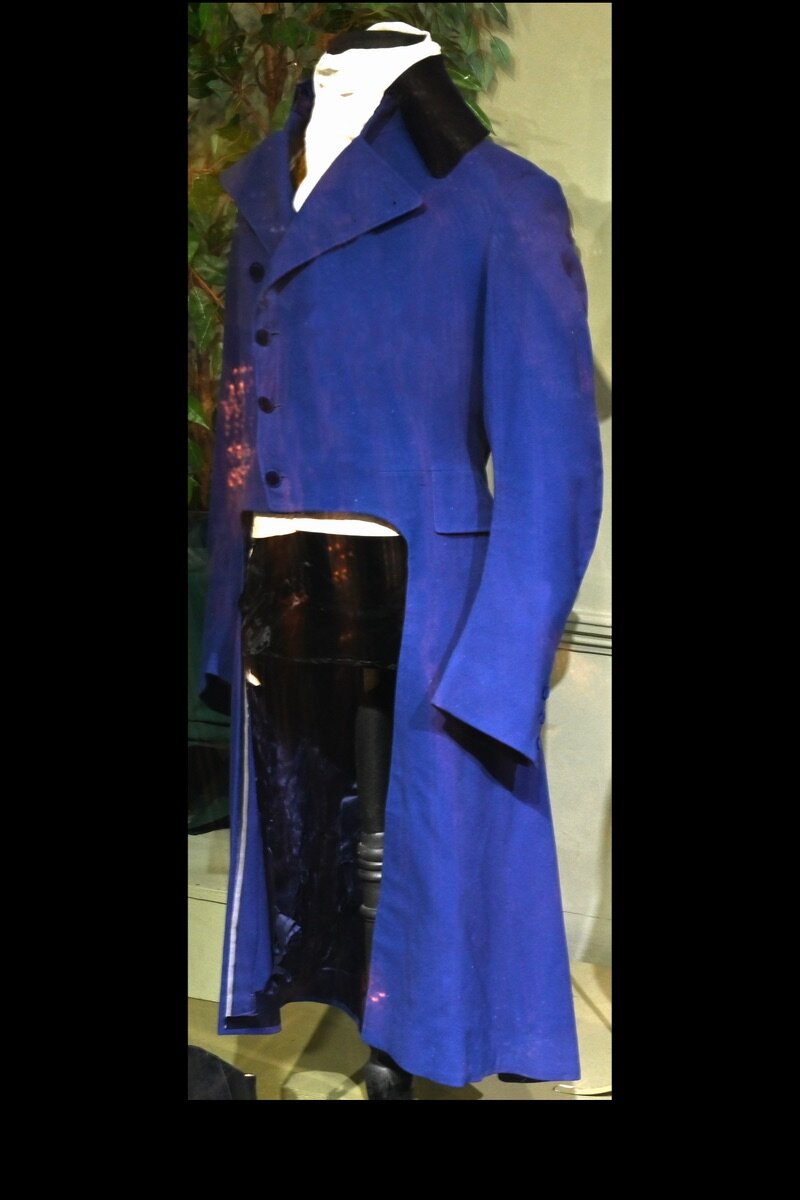
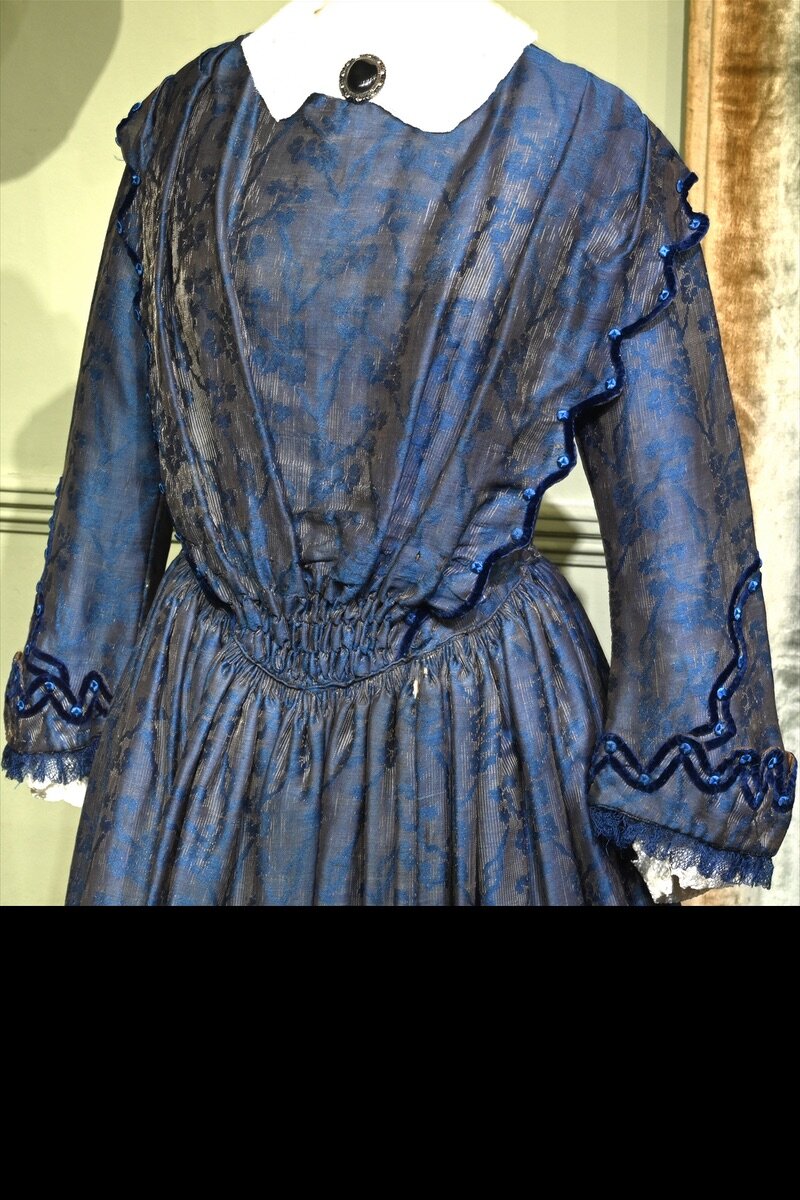

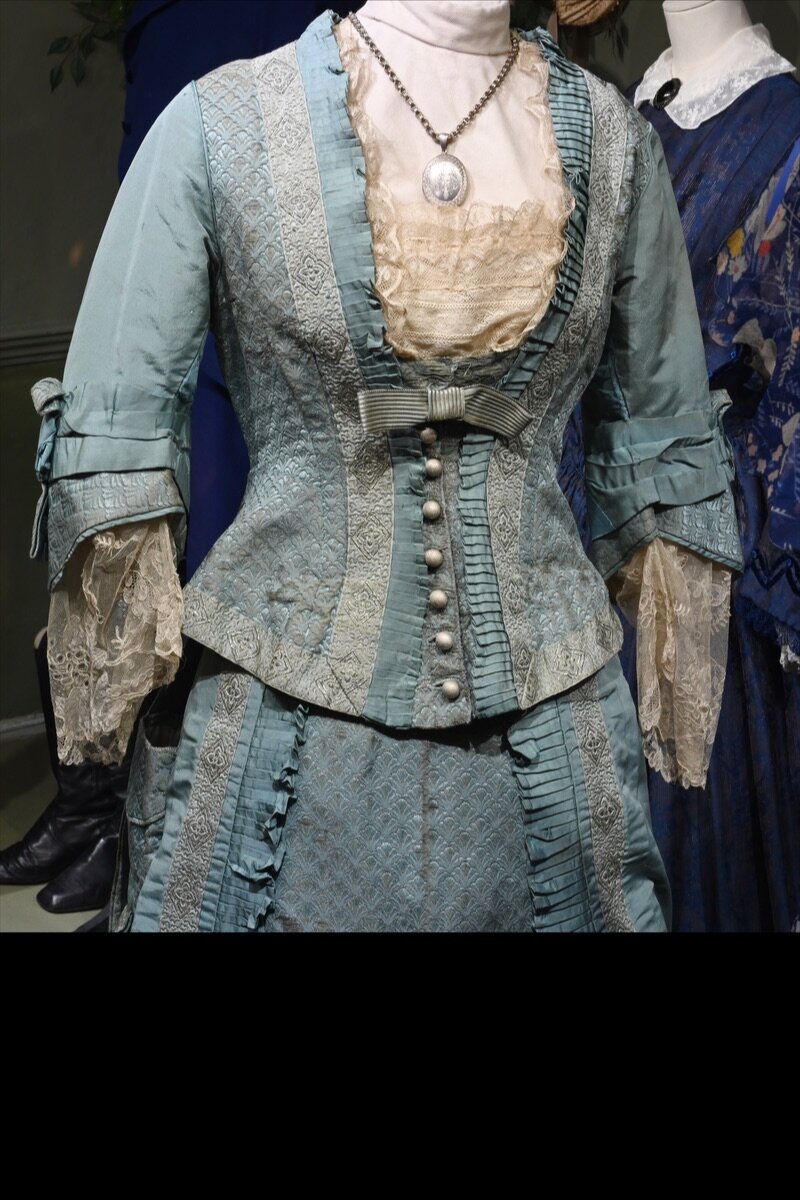
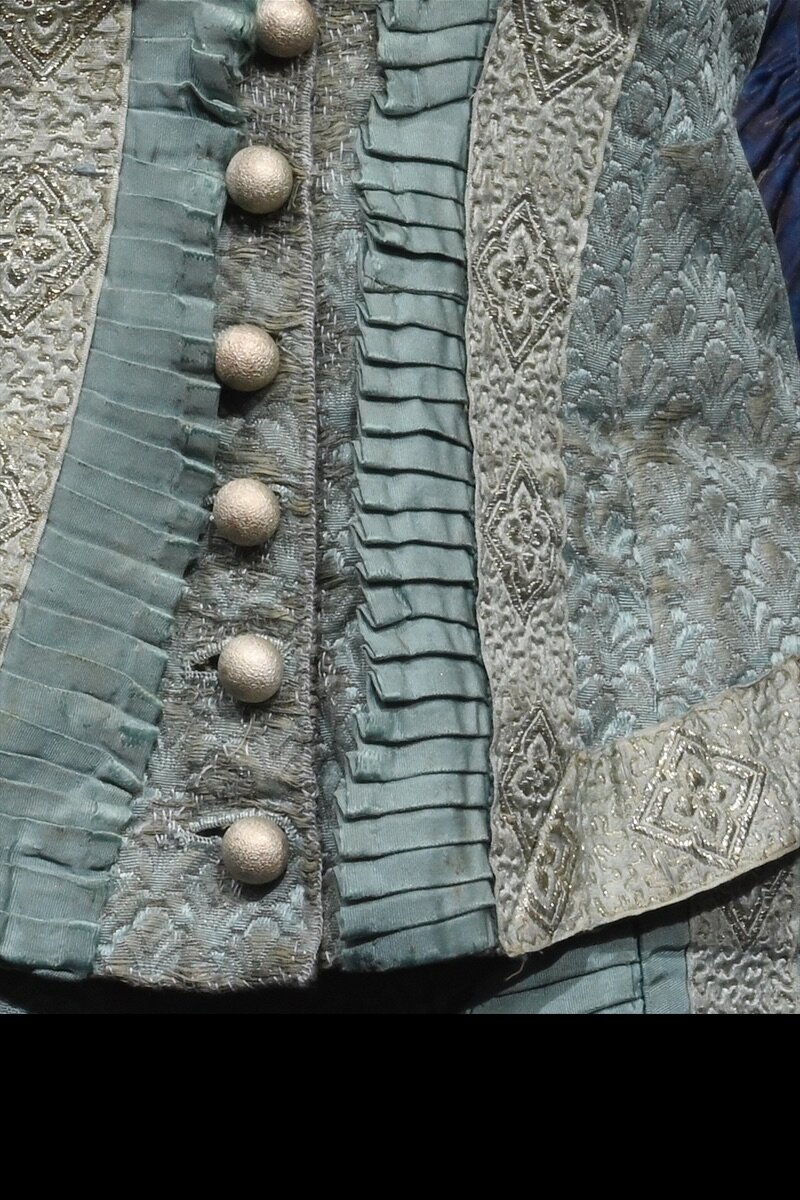
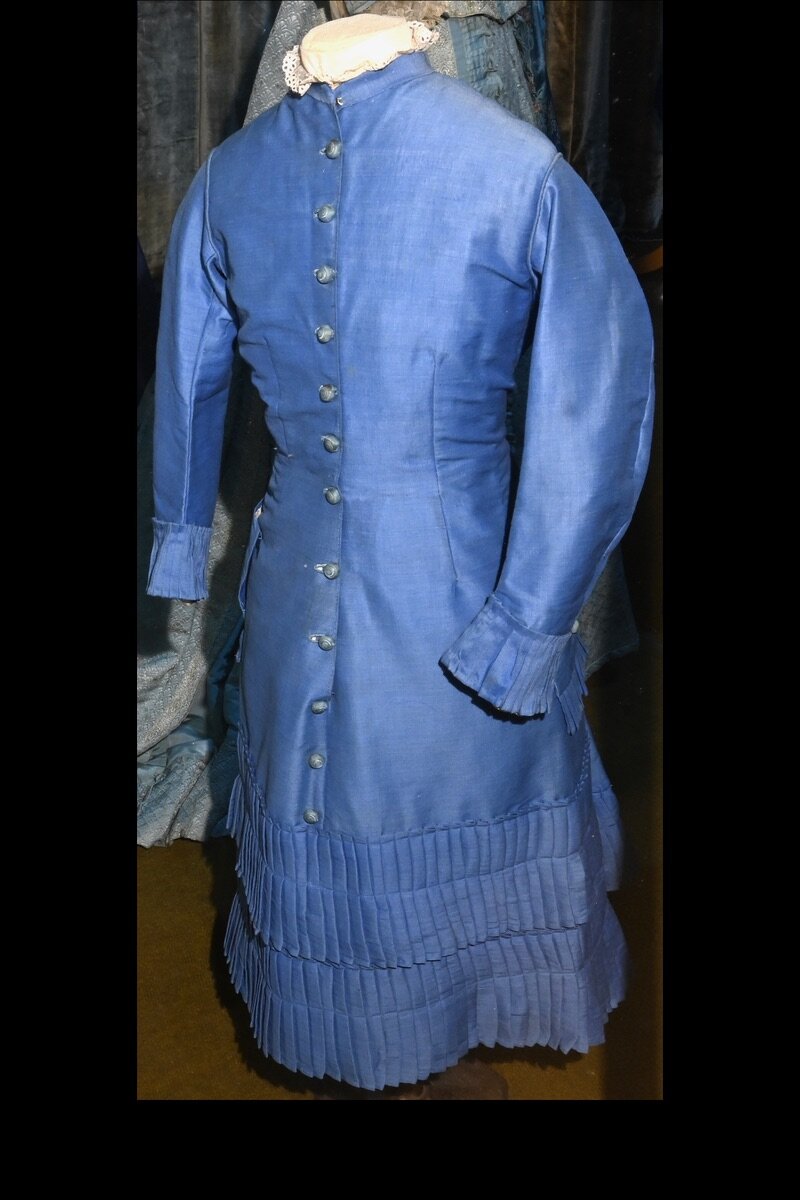
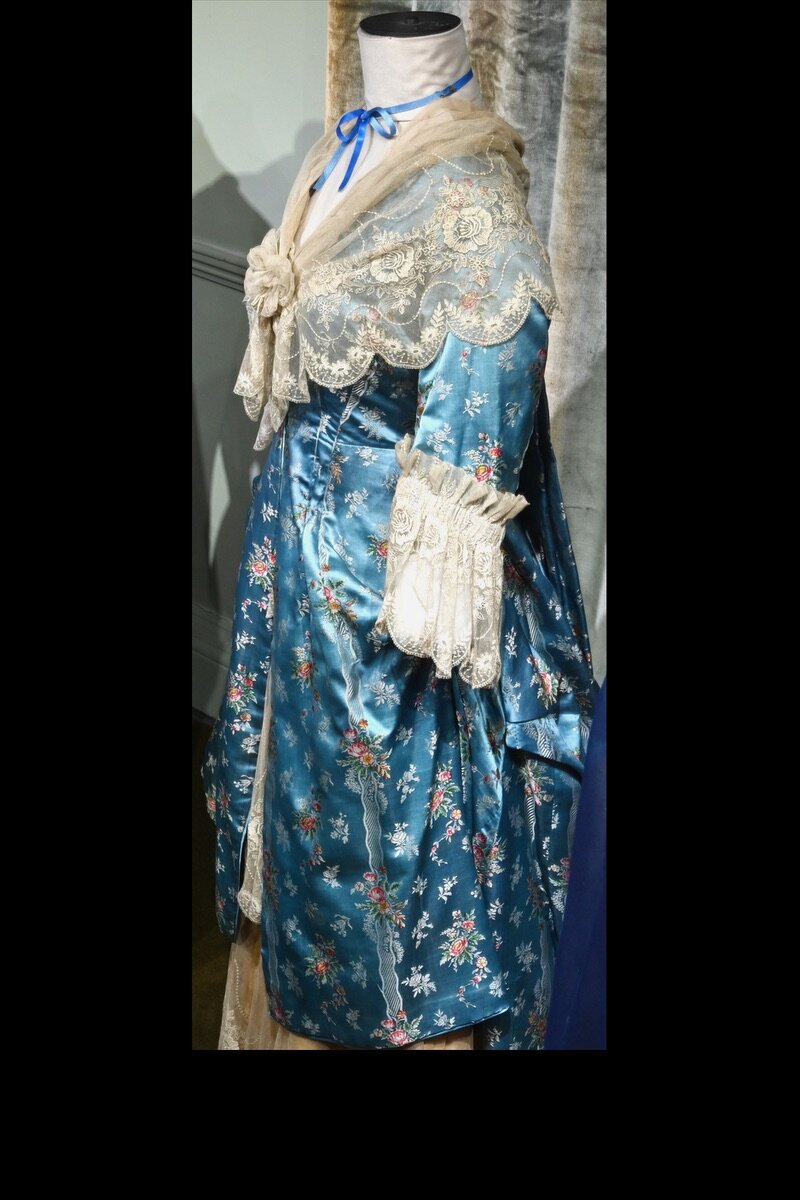


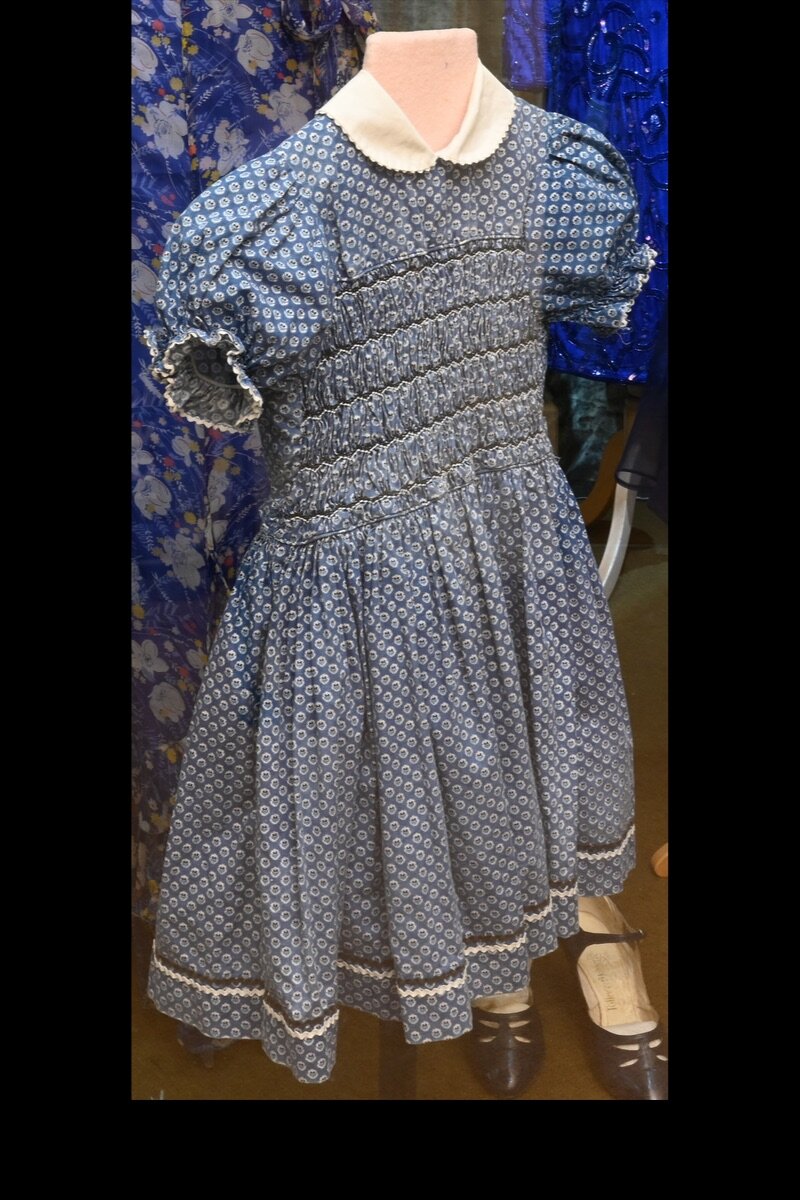
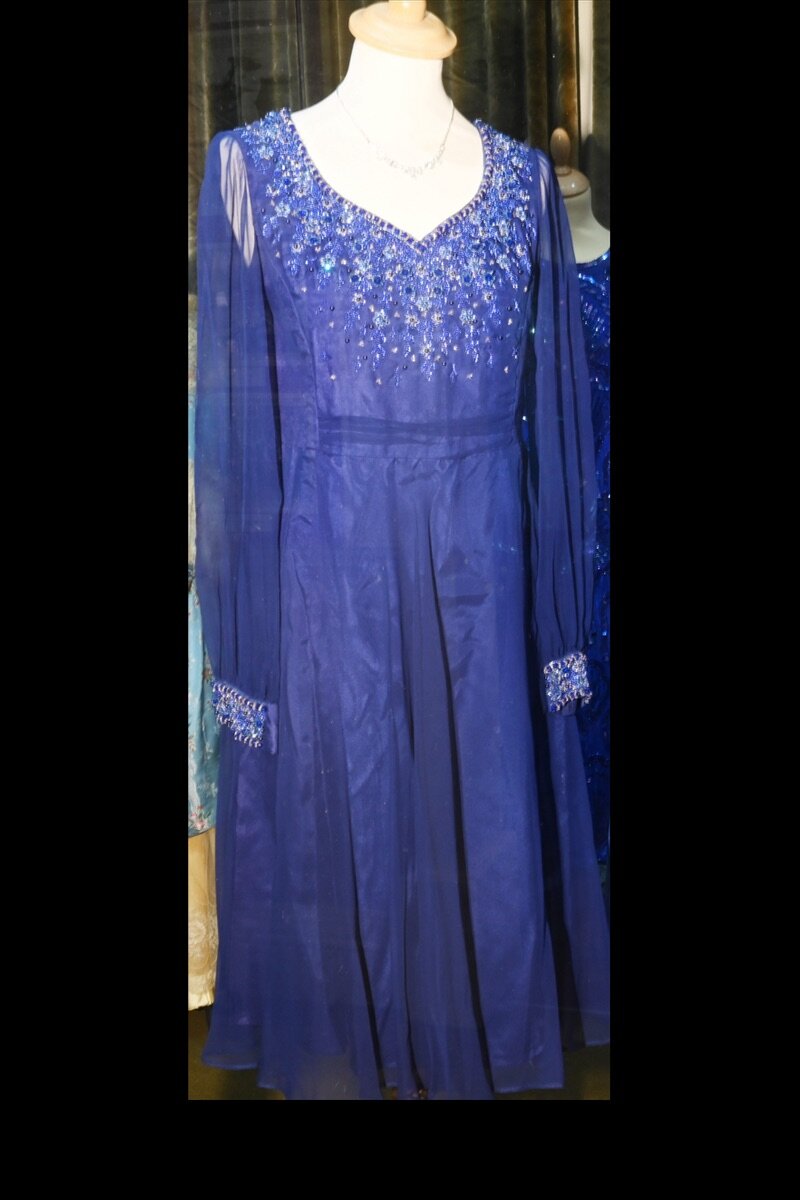
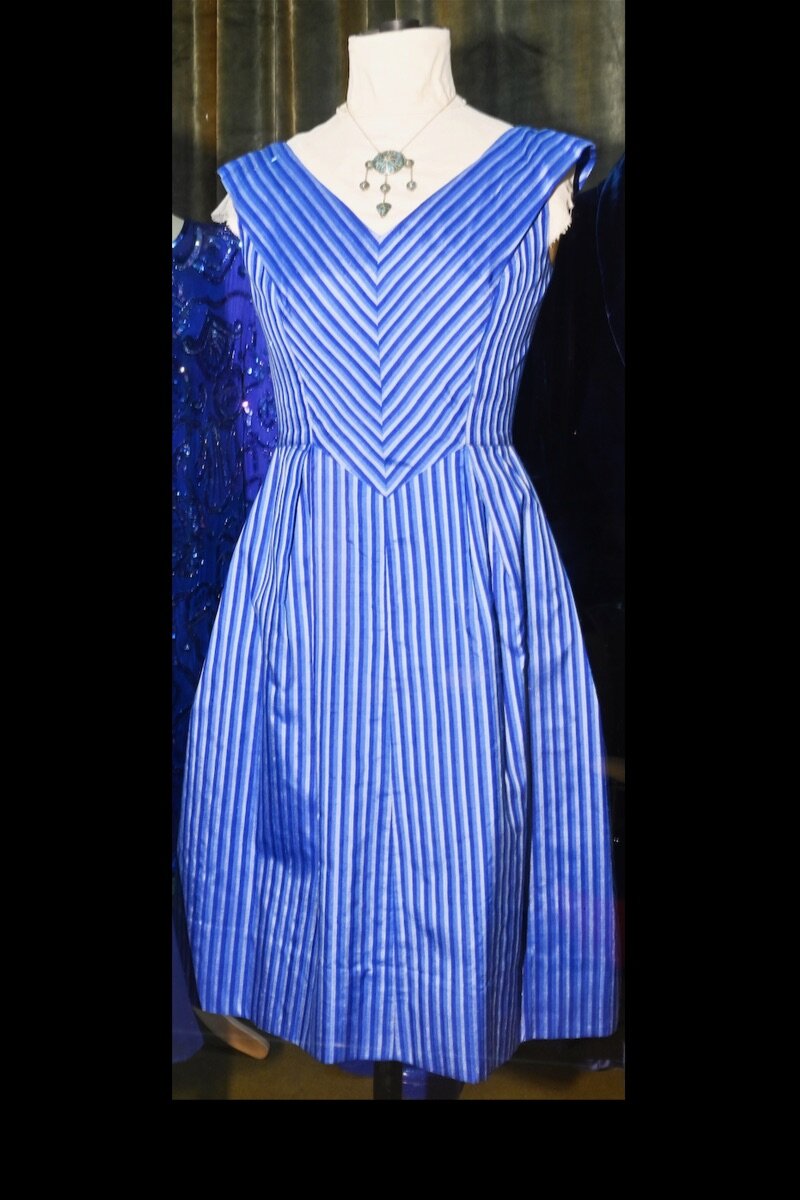
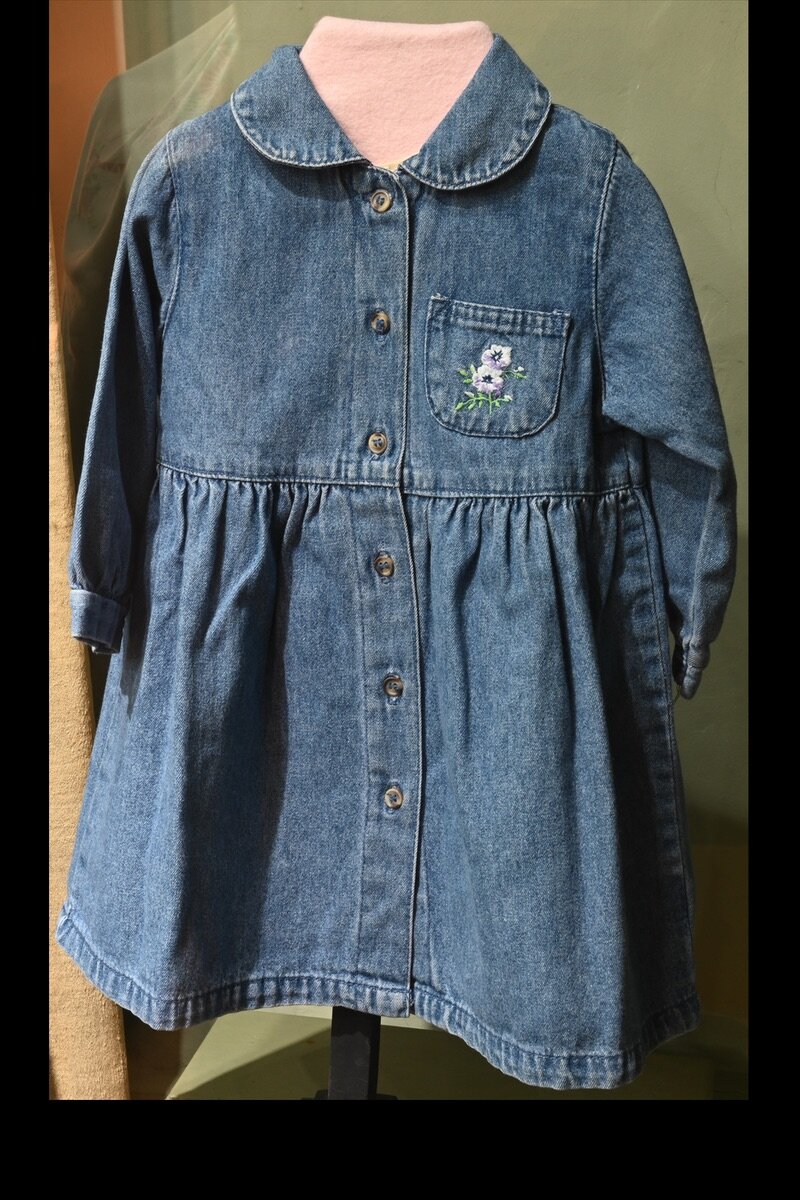

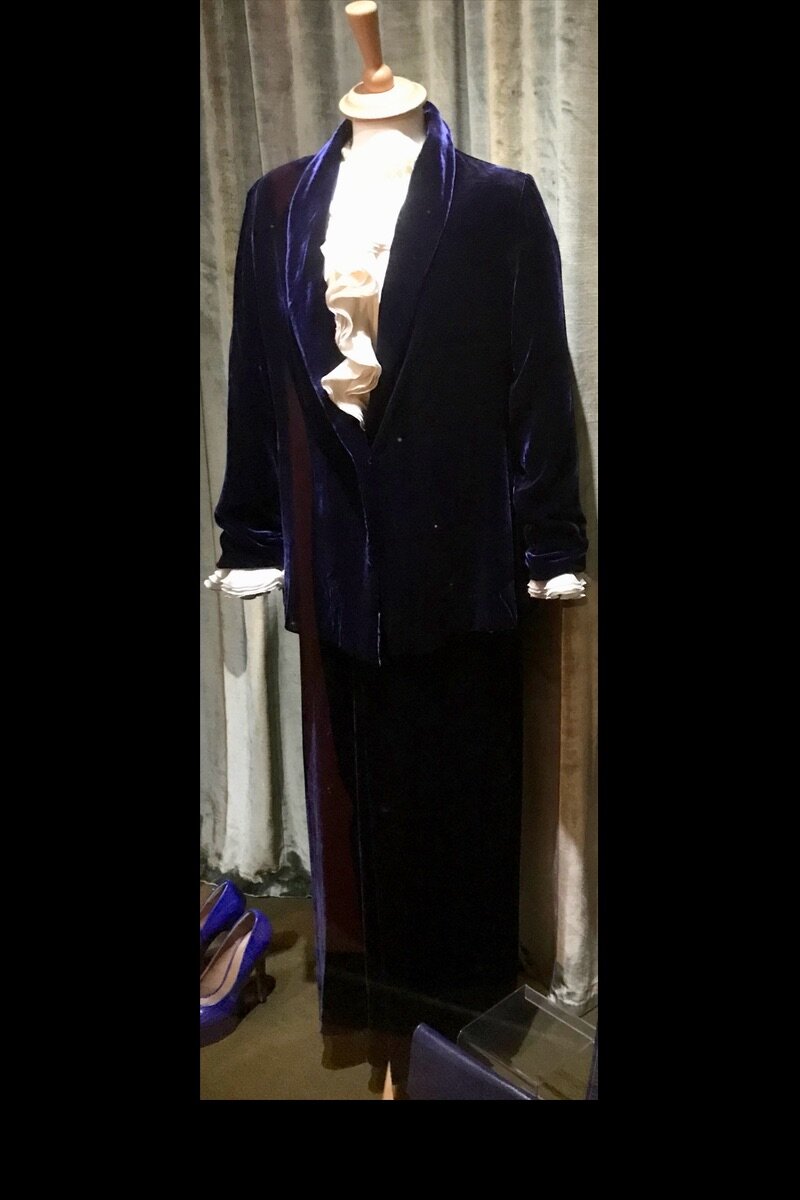
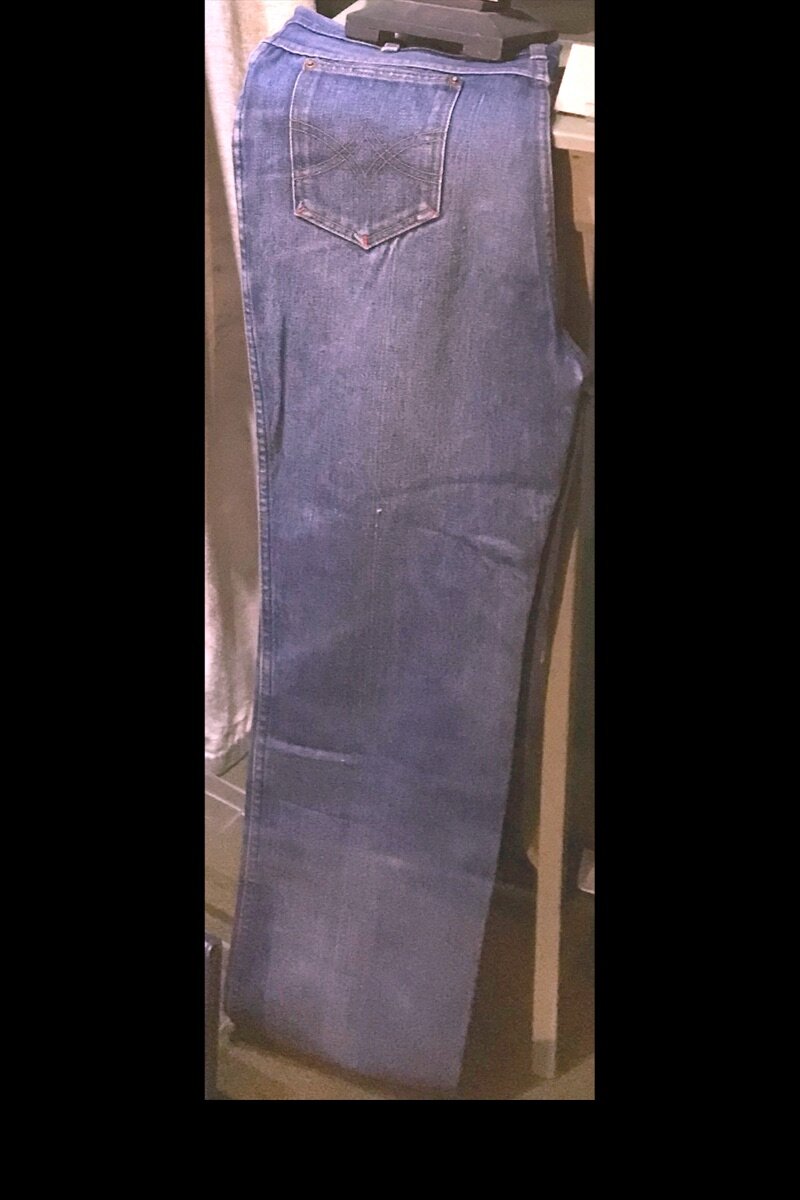
Photography by Michael Alexander
Display cabinet
The textile to the left, back and side of the case is a resist, called “adire cloth”. It would be made using cassava paste, either hand-painted or pushed through a metal stencil, then dried before dyeing. It was made on machine-made shirting cotton in Yorubaland, Nigeria.
The textile on the right back and side of the case is a stitch-resist, using raffia then dyed in indigo. The cloth is the re-use of a European damask cotton tablecloth, burnished after dyeing to produce the shine. It was probably made by Hausa craftspeople in Nigeria.
Click to enlarge
On the stand to the left is a cloth from Mali, woven in approximately eight-inch strips on a back-strap loom and then stitched together to form a square. It has been resist-dyed by having small pieces of fabric stuck on it, probably with cassava paste, before dyeing.
On the stand to the right is a piece of Japanese stitch-resist. Half was stitched in circles and half in zig-zags. It is half of a Japanese door-curtain.
Click to enlarge
The waistcoat at the upper back of the cabinet is made from a piece of textile with wax-resist dots, made by Susan Bosence, who worked in the Dartington area during the second half of the 20th century.
The small pieces in the lower area of the cabinet are from the workshop of Susan Bosence, apart from the small regular flower print in the centre. It may be early Victorian or a more recent Hungarian ‘Blaudruck’.
Click to enlarge
